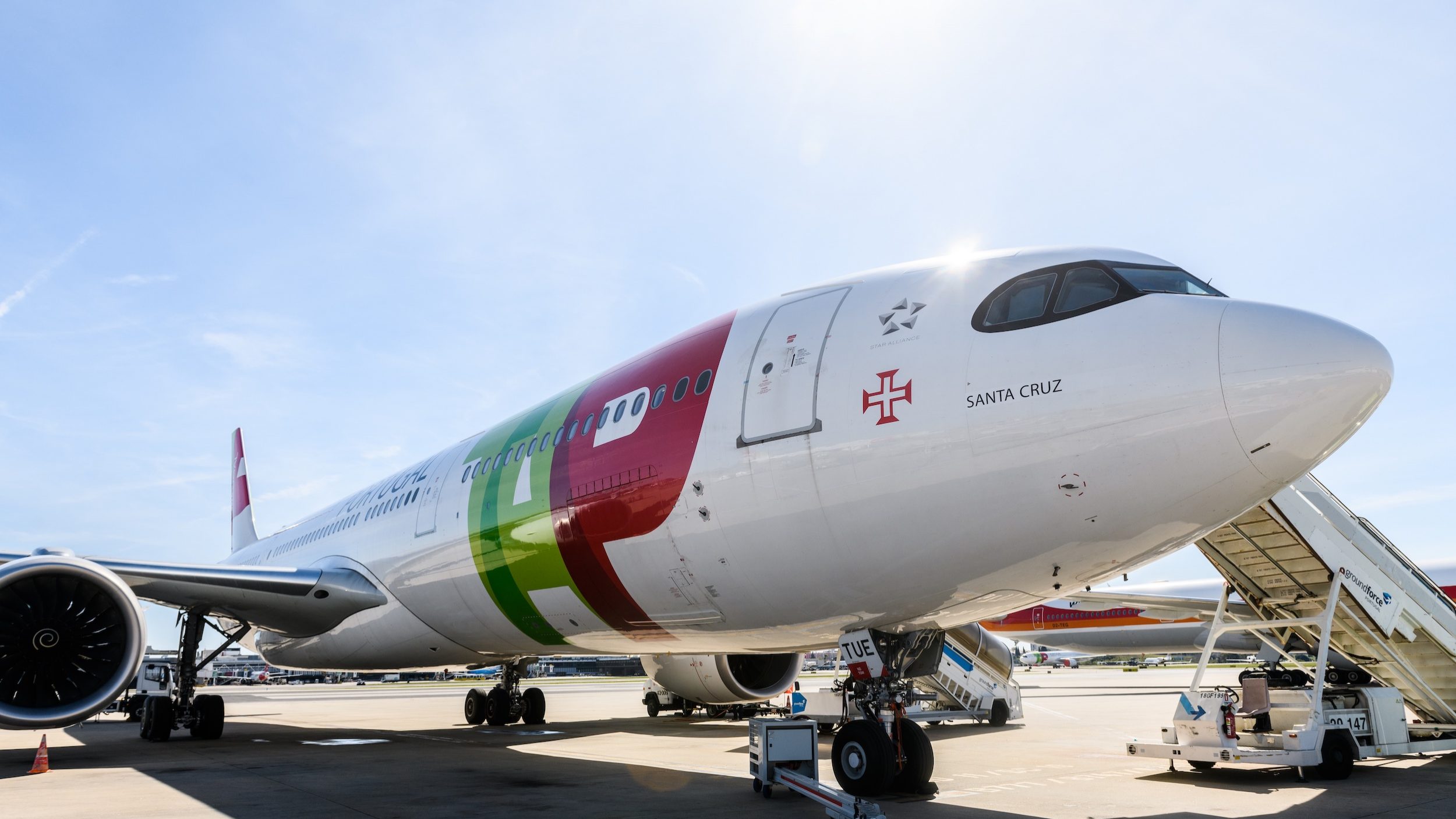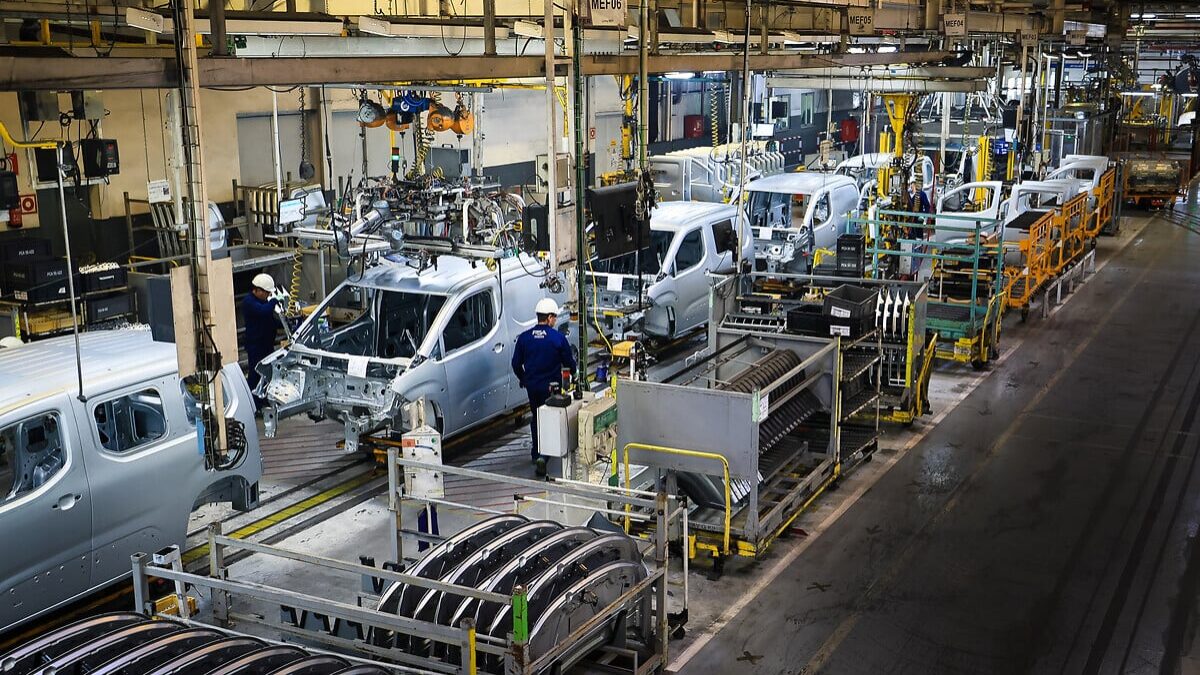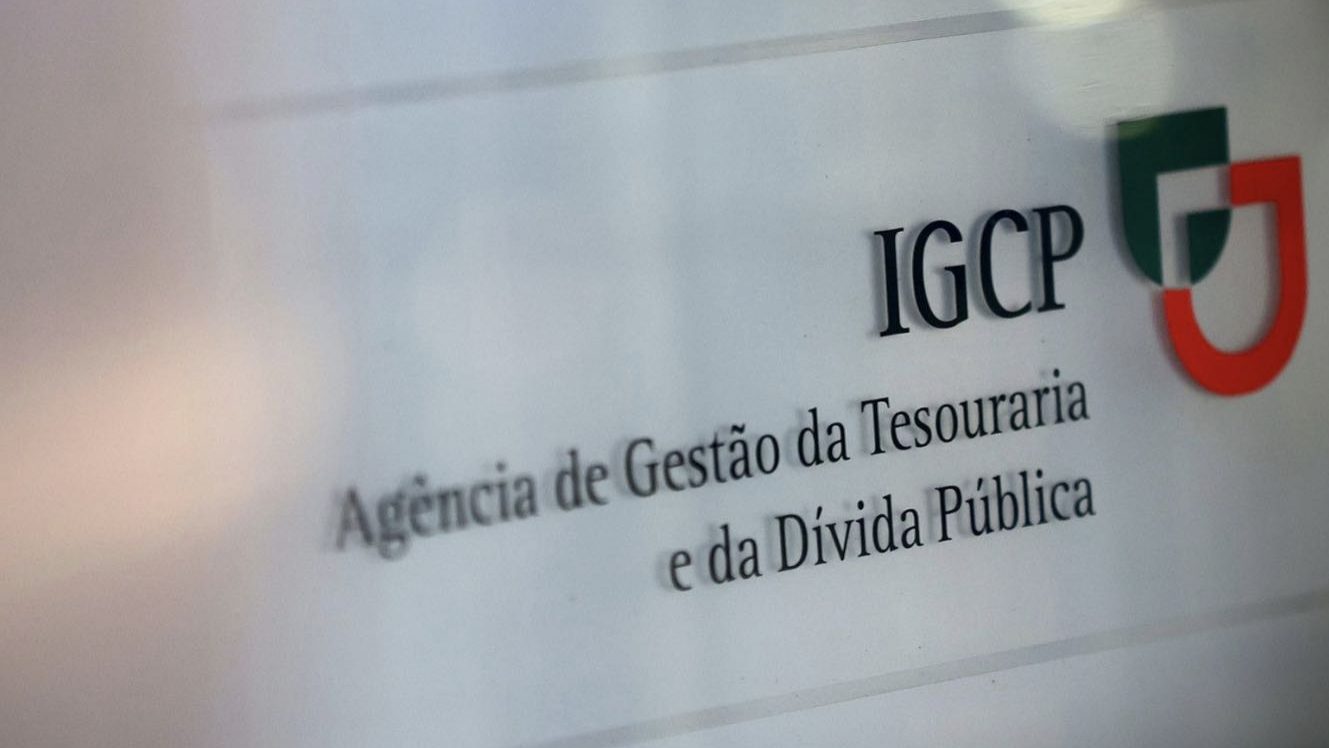Trump’s tariffs ‘mow down’ maize producers in Portugal
The trade war between the US, Mexico and China is already causing "instability and volatility" in the markets. Pressure is mounting for Portugal to increase its corn self-supply, which is only 25%.
The imposition of tariffs by the new US administration, led by Donald Trump, is a threat to the business of maize producers in Portugal, who are concerned that it represents “a factor that will lead to enormous instability and volatility in the world markets for agricultural commodities” and which reinforces the urgency of “implementing all the mechanisms that can contribute to strengthening the country’s degree of self-sufficiency”.
Portugal’s level of self- supply of maize is around 25%, which places the country among the most unprotected member states of the European Union — only the Netherlands, Cyprus and Malta have a lower percentage. And also “given the geopolitical situation in certain latitudes, some of which are on the borders of Europe”, as is the case with the war in Ukraine, the president of the National Association of Maize and Sorghum Producers (ANPROMIS) warns that this excessive exposure to the outside world is “extremely dangerous”.
Speaking to ECO, Jorge Neves gave the example of Mexico, which is the world’s largest importer of maize and which until now has supplied all its needs from the US. This tariff war between the two could lead the Mexicans to shift their purchases to Brazil. “This possible radical change in purchases will necessarily create excess demand which, initially, will affect all of Brazil’s regular customers, including Portugal and Spain”, he explains.
A similar situation is likely to occur with the increase in tariffs imposed on China by the Republican who succeeded Joe Biden in the White House. This is exacerbated by the fact that the giant Asian economy is the world’s biggest importer of soy. Aware of these moves, the sector’s spokesperson describes that “at the moment, as a precaution and reaction to unilateral US decisions, China has already diverted important soy purchases to Brazil”.
“These severe changes in trade flows will inevitably bring instability and volatility to the markets in the short term (…) This is everything that any agricultural producer, including Portuguese maize producers, does not need”, sums up the leader of ANPROMIS.
According to data from the Institute for Financing Agriculture and Fisheries (IFAP), the area of maize declared in Portugal in 2024 fell by 4.7% to 100,125 hectares. This decline was pressured by the reduction in the price of this commodity on the world market, the decrease in the level of EU aid, the damage caused by the overpopulation of wild pig — which is common throughout the country, but has a greater economic impact on small farms in the north and centre — and the migration to permanent cultures such as olive groves and almond trees, which are “more remunerative in terms of investment”, especially in the Ribatejo and Alentejo.
In terms of production volume, the estimate of ANPROMIS’ 11 member producer organisations points to around 282,000 tonnes of maize in the last campaign, down from the 309,000 tonnes marketed in 2023. In addition to the smaller area planted, Jorge Neves attributes this drop to productivity shortfalls related to an “unfavourable climate year” and the “increasing reduction in the active substances available to European producers”, which mean that some pests and diseases, such as the corn leafhopper and the corn pinworm, “seriously penalise certain regions”.
Does +Cereals affect producers’ income?
Portugal currently has around 48,500 maize producers, mainly family farms that are passed down from generation to generation. In the North, smaller areas predominate, mostly specialising in the production of maize for silage, which forms the basis of feed for cows on dairy farms — and which is also the focus of activity on the 13,000 hectares in the Azores.
On the other hand, in Beira Litoral, Ribatejo and Alentejo, where the average size is larger, the farms are mainly used to produce grain maize for both human and animal consumption.
Maize production in Portugal is spread all over the country and, according to data provided by ANPROMIS, it is “prominently” the main arable crop, occupying almost 40% of the national area dedicated to these crops, which include cereals, oilseeds, rice and grain legumes. The three districts in mainland Portugal with the largest maize areas are Santarém, Braga and Porto. In terms of municipalities, the podium is occupied by Barcelos, Vila do Conde and Golegã.
“Above all, it’s important that there isn’t a decrease in production areas and, to this end, a lot will depend on how the government also looks at this crop, defining how important it is for the country’s economy and food sovereignty. It’s essential to reduce dependence on foreign markets and geopolitical instability”, insists the sector’s representative, who is collaborating on the development of the “+Cereals” strategy with the Planning, Policies and General Administration Office (GPP), under the supervision of the Ministries of Agriculture and Territorial Cohesion.
This plan, which will be “known soon”, will include measures to “improve the income of national producers, otherwise [Portugal’s] exposure abroad will increase even more”. “Increasing the value of the linked payments for grain maize and silage maize is a key step, as it will allow the government to give a clear signal of the importance that this crop has for our country, both from the point of view of our self-sufficiency in cereals and also in the occupation of our territory”, adds Jorge Neves.
On the other hand, while the maize sector is facing “significant challenges” such as price volatility, climate uncertainty, pressure for more environmentally friendly farming practices or the withdrawal of active substances that are “decisive” for technical and economic competitiveness, national producers ensure that they are “increasingly incorporating technological innovations and sustainability practices that make it more competitive”. According to data from INE, productivity per hectare has more than doubled since 2005.
Asked about the export capacity of Portuguese producers, the president of ANPROMIS recognises that there is only a “limited number of deals with Spain” for maize for human consumption (gritz). This is precisely the segment of “higher quality products for new markets” that Jorge Neves emphasises as having the greatest potential for Portuguese producers in response to the “current situation [which] increasingly demands constant adaptation”.




